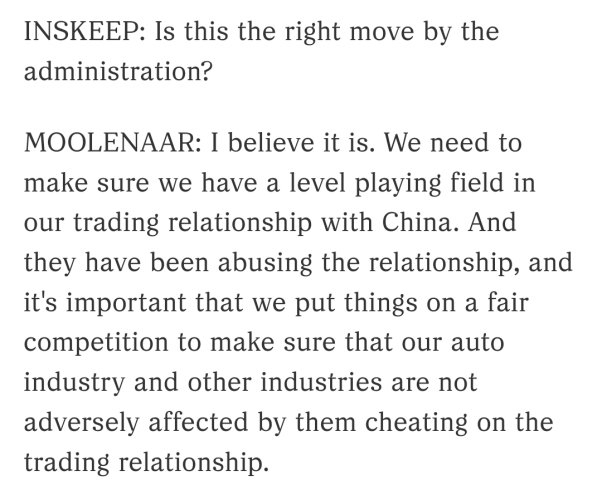You taking into account 16% inflation into the performance you are smiling about?
2021-2024 was 16% cumalative inflation
2016-2020 was 8%
Makes a big difference in ROI.
The $3T in deficit spending that occurred in 2020 would create inflation in 2021 and later years.








